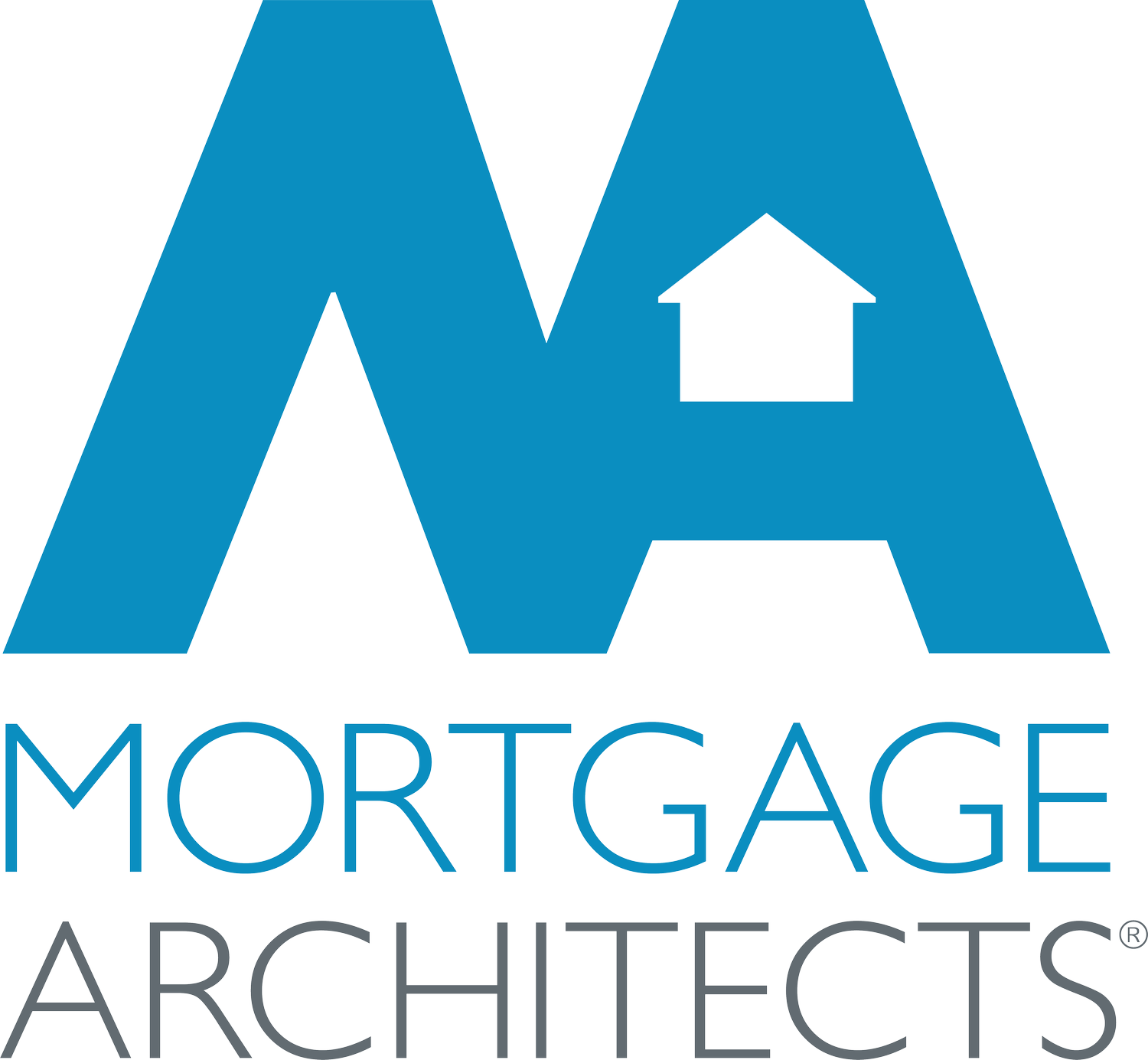Getting Your Rental Property Mortgage Approved
If you’ve ever been turned down for a mortgage on a rental property, it doesn’t necessarily mean you’re out of luck—it might just mean you were talking to the wrong lender.
A lot of people don’t realize you can use projected rental income from a property you’re buying to help you qualify for the mortgage. But here’s the key—different lenders calculate that rental income in different ways, and the method they use can make or break your approval.
How Lenders Calculate Rental Income
When it comes to mortgage qualification, lenders never use 100% of the rental income in their calculations. It’s not as simple as taking the rent and adding it to your income. Instead, they use one of two main methods:
1. Addback Method
With the addback method, the lender takes a percentage of the rental income and adds it to your total income.
Example:
Let’s say you earn $100,000 per year and you’re looking to buy a $400,000 property with a 20% down payment. The property isn’t rented yet, but a market rent appraisal shows it could rent for $3,200/month.
If the lender uses 50% of that rent, they add $1,600/month ($19,200/year) to your income. This means your qualifying income would be $119,200. It’s a nice boost, but it might not be enough to get approved if your other debts or expenses are high.
2. Offset Method
The offset method works differently—and often works in your favour. Instead of adding the rental income to your total income, the lender uses a percentage of it to reduce the costs of owning the property. Some lenders will use an 80% offset in their calculations.
Example:
Using the same example above, if the lender uses 80% of the $3,200 rent, that’s $2,560/month. If your total monthly housing costs (mortgage, taxes, heating) are $2,600, then on paper, the rent almost completely covers those costs. This makes it much easier to qualify because the property is essentially paying for itself.
Why the Method Matters
The difference between these two methods is huge. With the addback method, the extra income is small, so you might still struggle to qualify. With the offset method, the rent directly reduces your costs, which can easily mean the difference between a decline and an approval.
Every lender is different—some use addback, some use offset, and some use higher percentages of the rent. As a mortgage broker, I work with many lenders, not just one, which means I can:
Match you with the lender that uses the most favourable method for your situation
Increase your chances of getting approved
Save you from unnecessary rejections that can hurt your credit score
Just because one bank says “no” doesn’t mean you won’t qualify somewhere else. The right lender, using the right rental income method, can turn a decline into an approval—and help you start building wealth through real estate.
If you’re considering buying a rental property—or have been turned down before—let’s talk. I’ll help you find the right lender to make your investment plans a reality.
